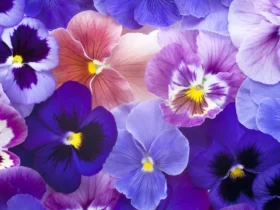Edelweiss is famous and beloved flowers in Switzerland, with their delicate and enchanting beauty that holds a special place in the hearts of nature enthusiasts and flower lovers around the world. Scientifically known as Leontopodium alpinum, these exquisite blooms are native to the mountainous regions of Europe, particularly the Alps. Edelweiss has become an iconic symbol of alpine beauty, resilience, and the rugged landscapes it calls home.
Edelweiss flowers images

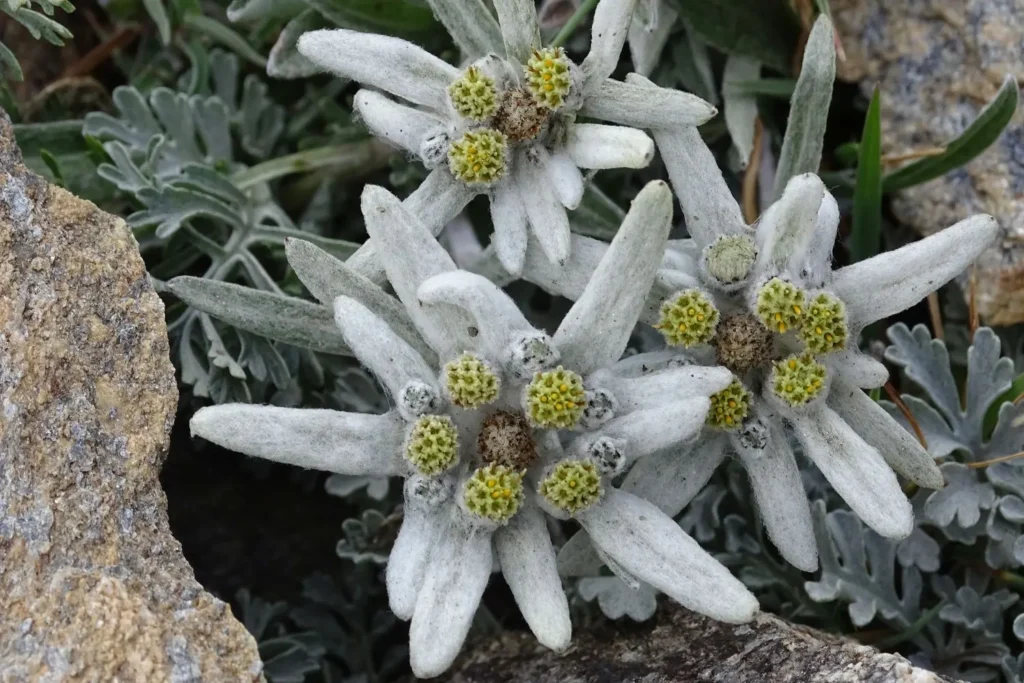
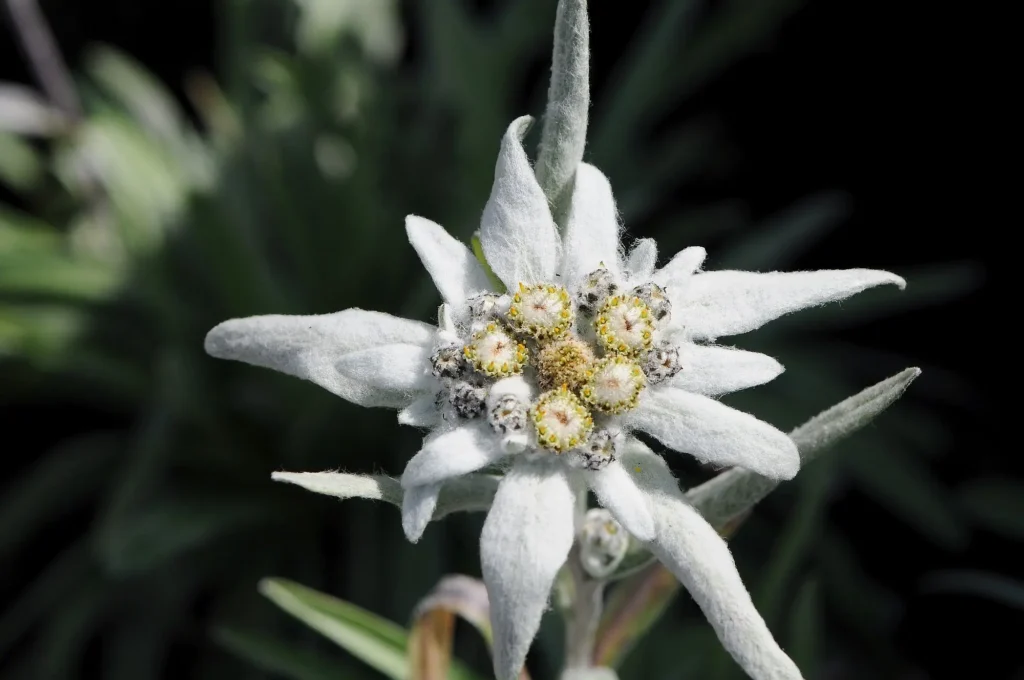

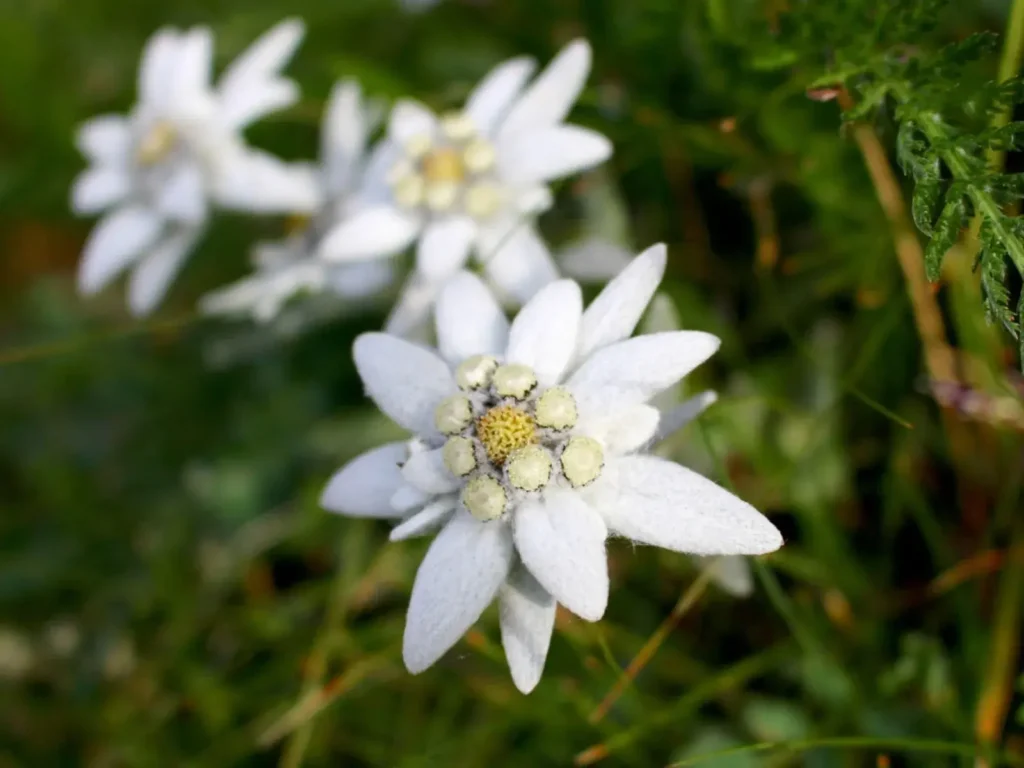
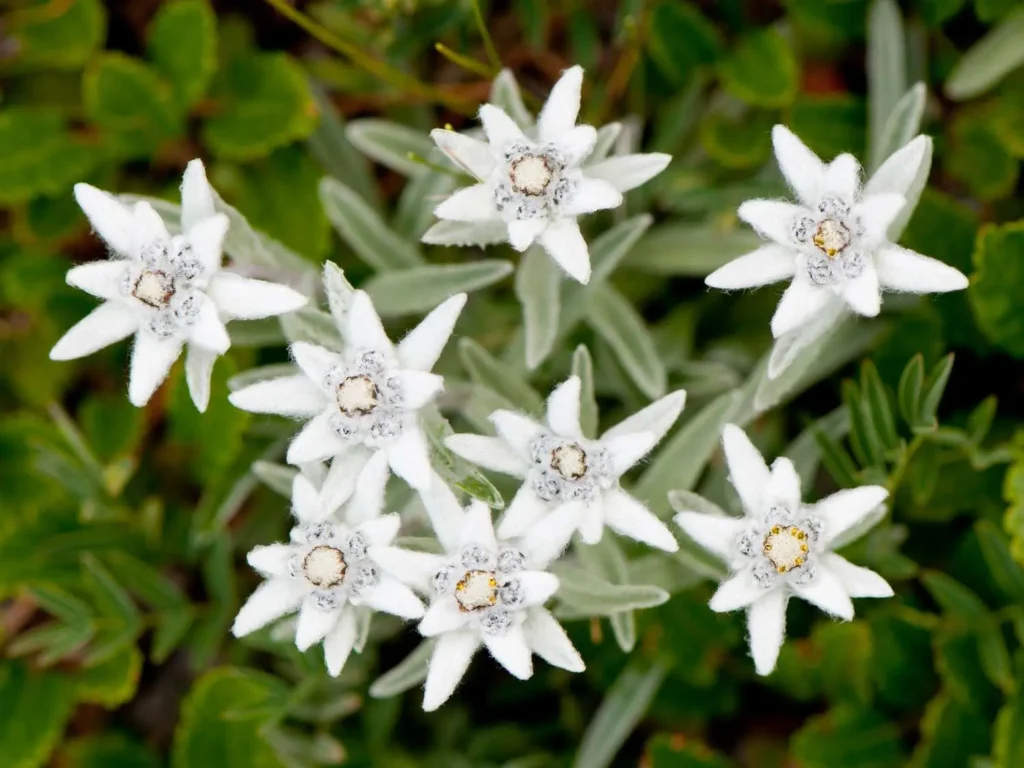
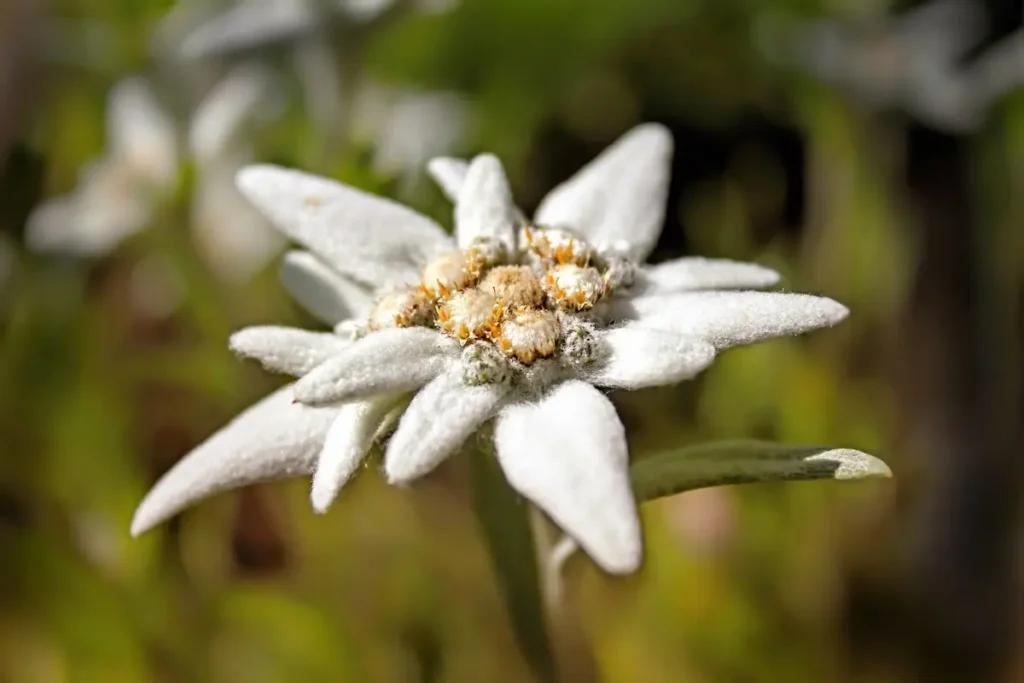
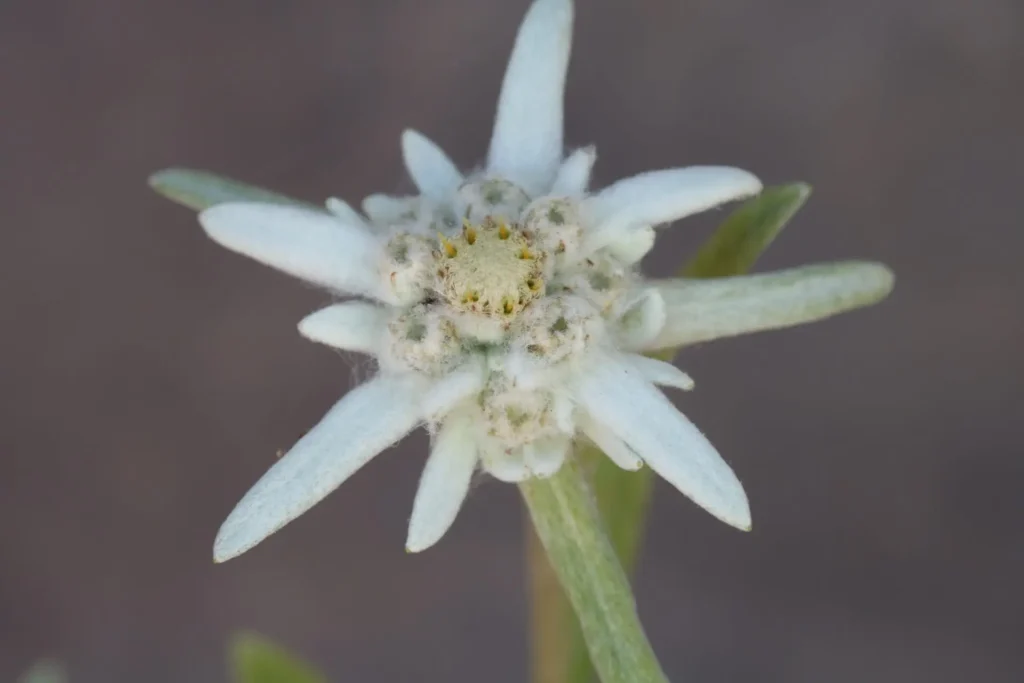
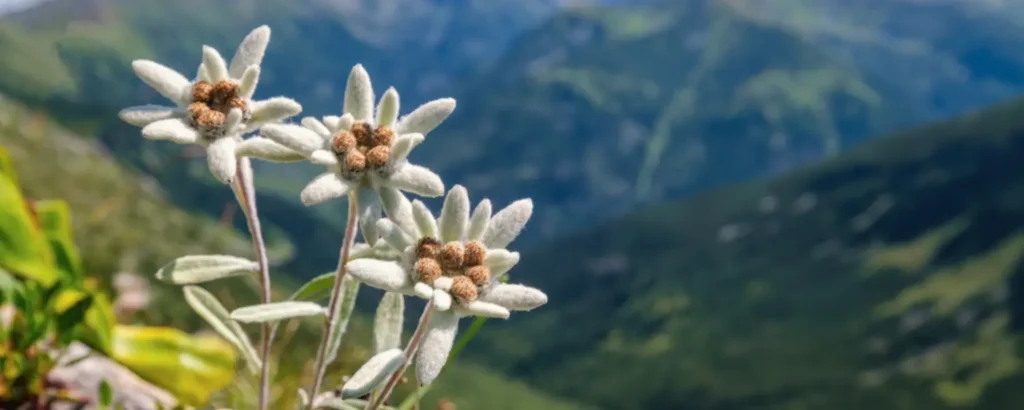
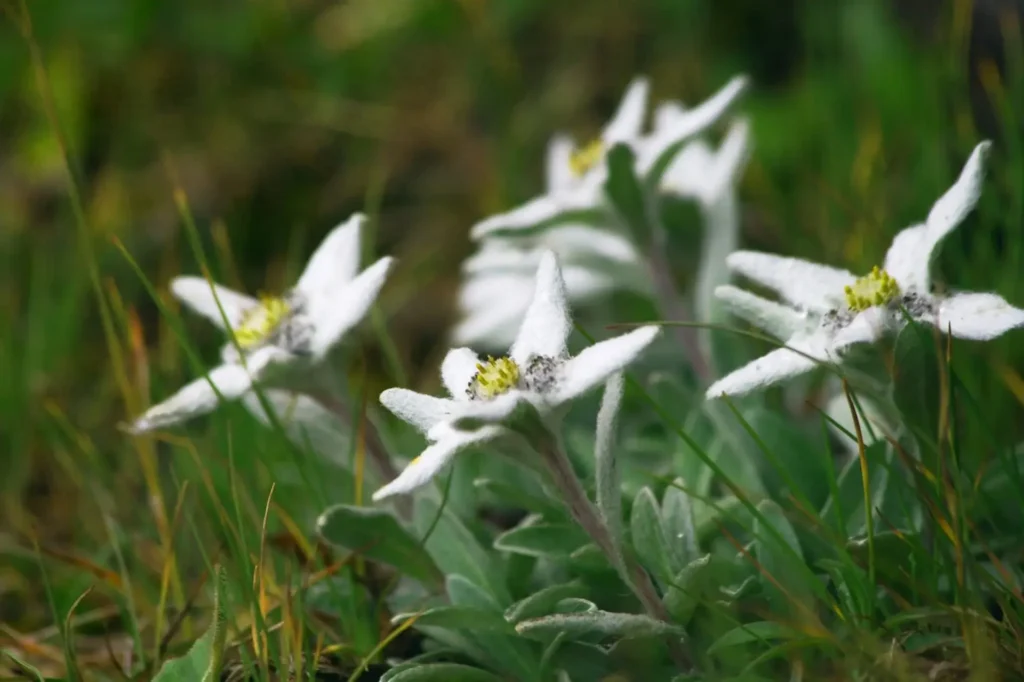
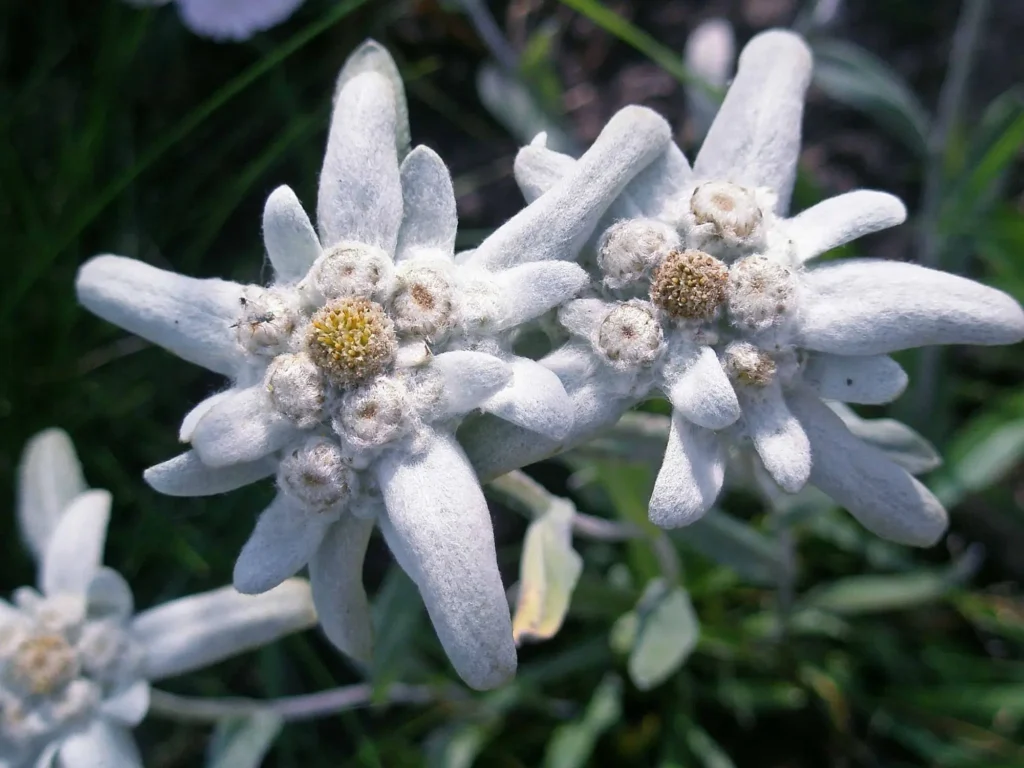
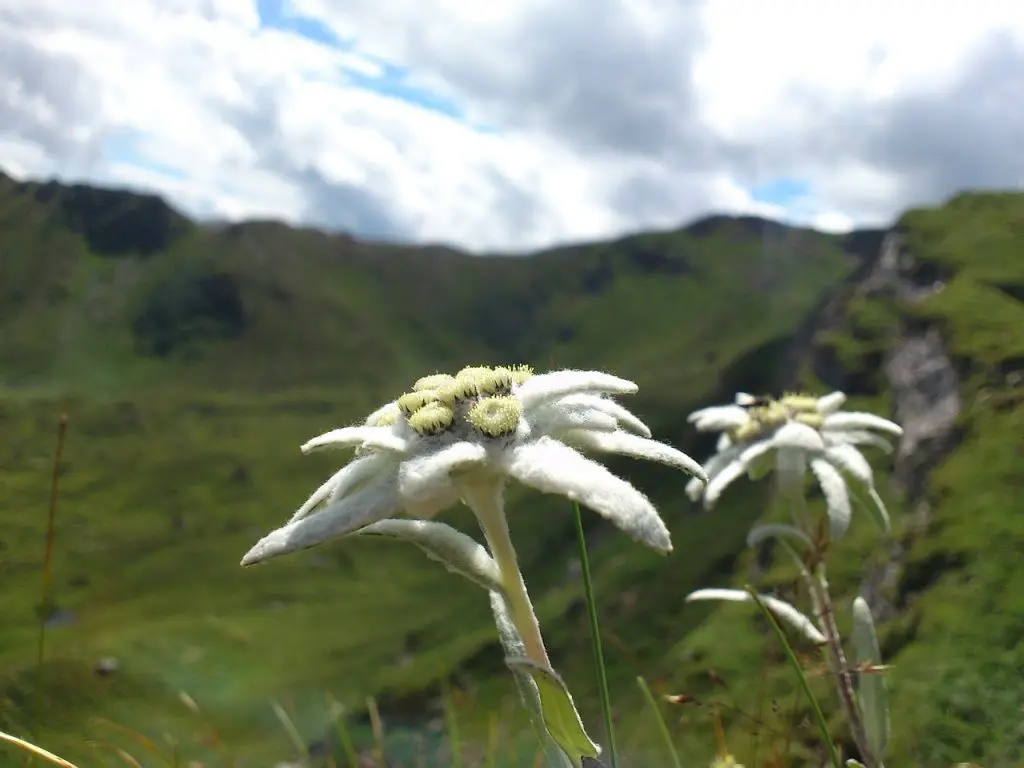
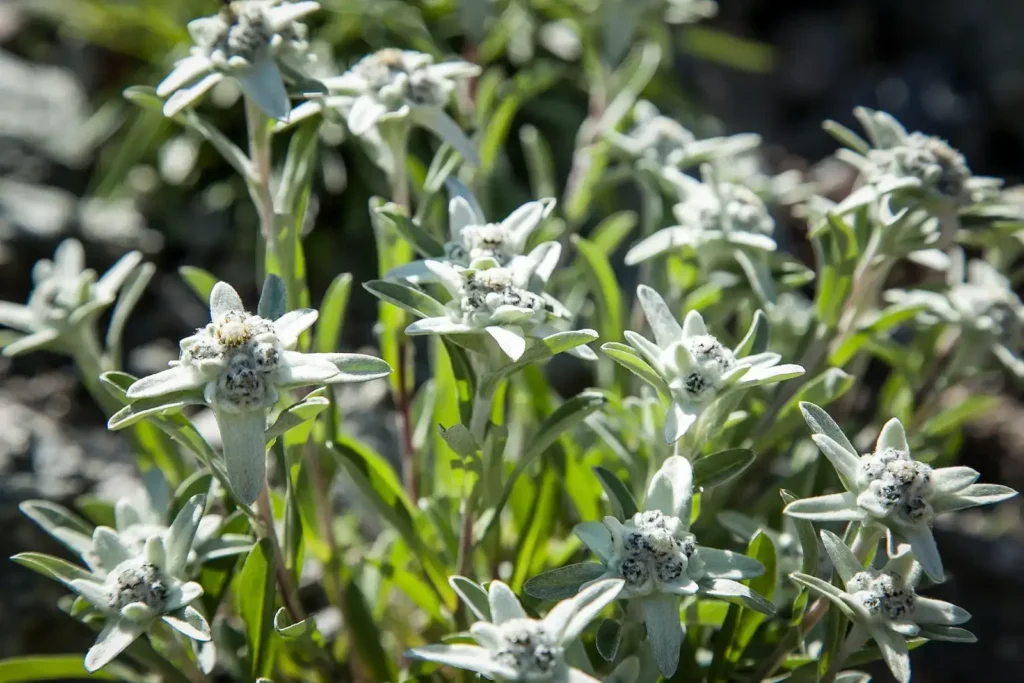
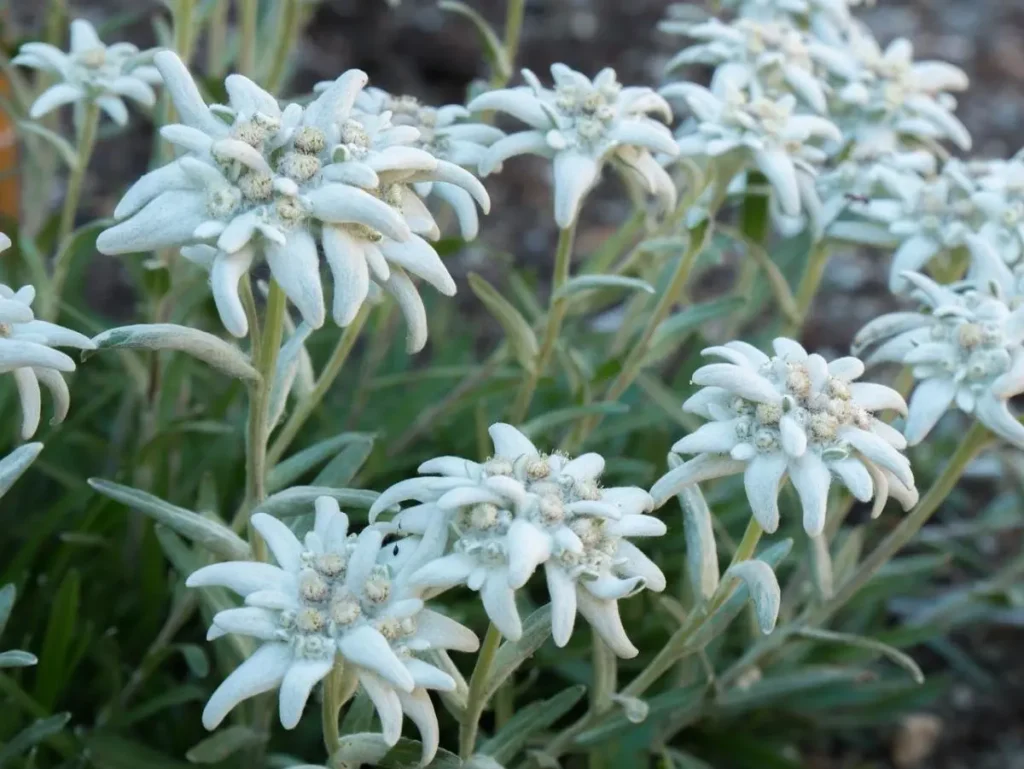
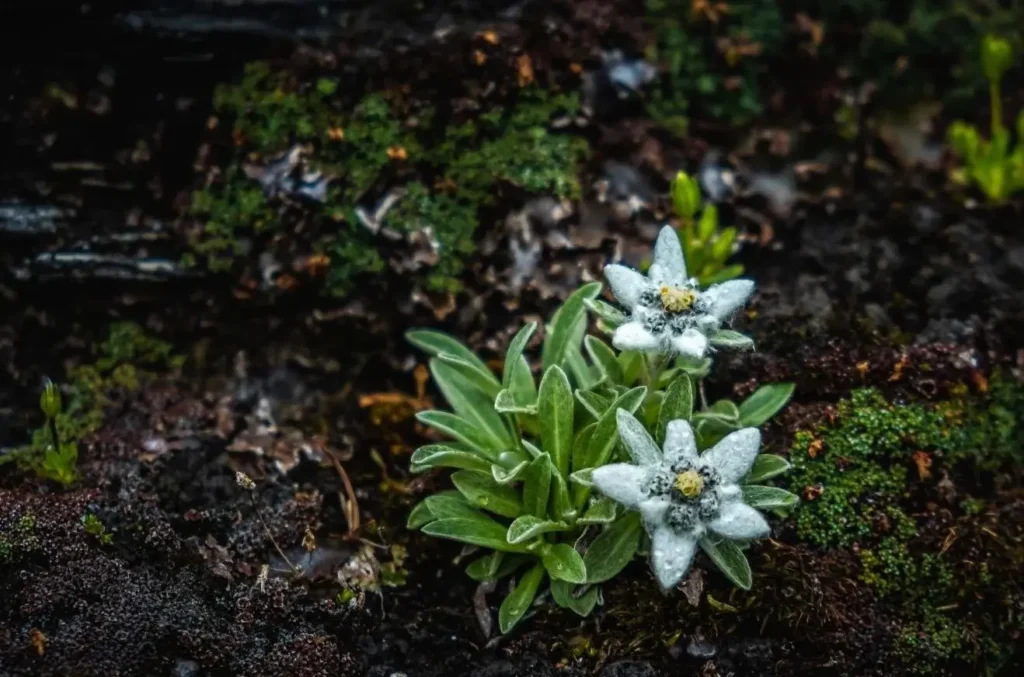
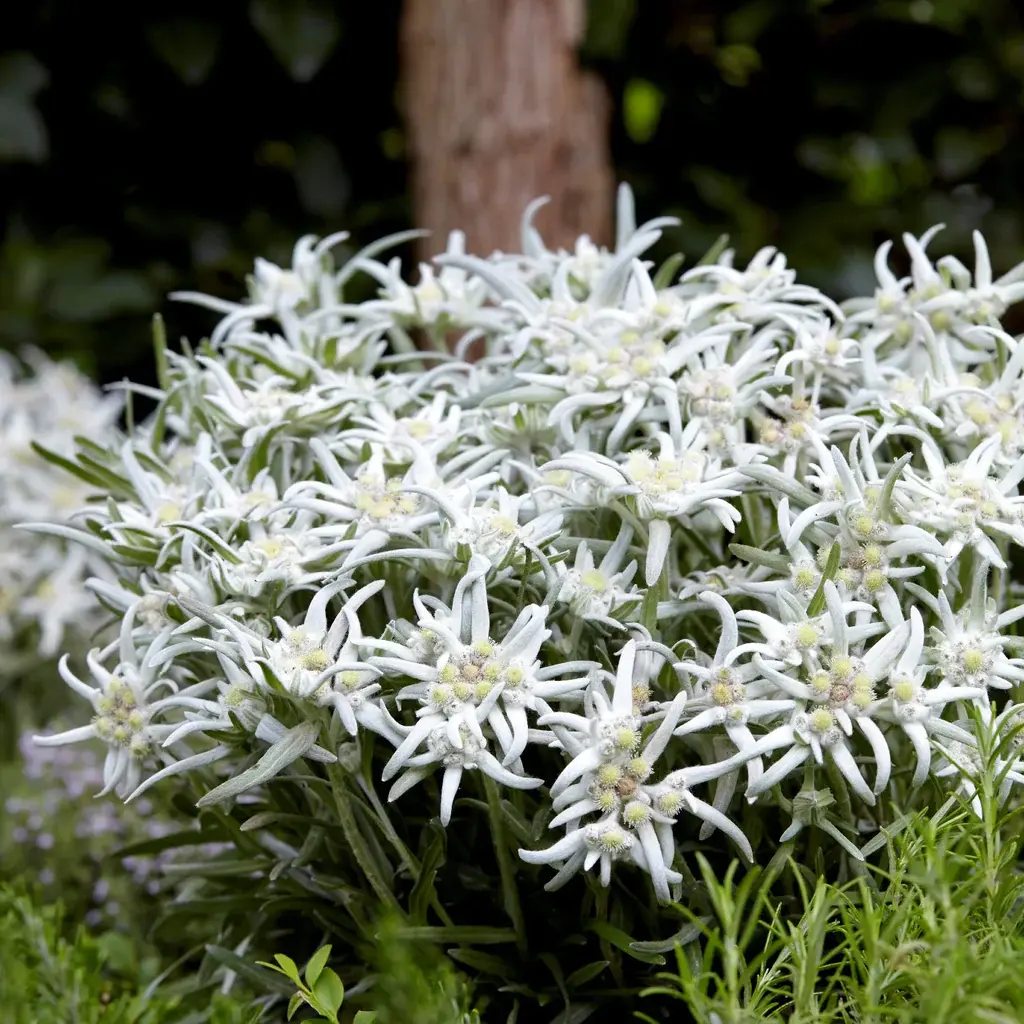
Information about Edelweiss
The name “Edelweiss” originates from the German words “edel” meaning noble and “weiss” meaning white, perfectly describing the flower’s elegant appearance. It is a small, star-shaped flower with white woolly petals and a golden-yellow center, giving it a distinctive and ethereal allure. The velvety texture of the petals adds to its unique charm.
Edelweiss flowers are known for their ability to withstand harsh environmental conditions. Growing in high altitudes and rocky terrain, they have developed adaptations that allow them to thrive in extreme cold, strong winds, and intense sunlight. This resilience has made them a symbol of courage, purity, and endurance.
Due to their rarity and association with mountainous regions, Edelweiss flowers have gained a sense of mystique and romanticism. They have been the subject of folklore, poetry, and songs, often representing bravery, love, and the pursuit of dreams. In many cultures, Edelweiss is considered a lucky charm and a symbol of protection.
In addition to their cultural significance, Edelweiss flowers have also been valued for their medicinal properties. Traditional herbalists have used various parts of the plant to create remedies for respiratory ailments, digestive issues, and even skincare. The plant is believed to possess anti-inflammatory, antioxidant, and antimicrobial properties.
Cultivating Edelweiss can be a challenging endeavor, as the plant requires specific growing conditions. It thrives in well-drained soil, plenty of sunlight, and cooler temperatures. However, with careful cultivation and attention to its unique needs, it is possible to grow Edelweiss in home gardens or specialized alpine gardens.
As Edelweiss flowers continue to captivate people with their beauty and symbolism, efforts are being made to conserve and protect these delicate blooms. Due to their popularity and limited availability in the wild, they are now considered a protected species in many regions. Sustainable practices, such as responsible harvesting and cultivation, are being implemented to ensure their preservation for future generations to enjoy.
Whether admired in their natural habitat or cherished as cut flowers, Edelweiss remains an emblem of alpine beauty and resilience. Its timeless appeal and significance make it a beloved flower that evokes a sense of awe and admiration. The sight of an Edelweiss flower serves as a reminder of the awe-inspiring wonders of nature and the strength that can be found in even the harshest of environments.
